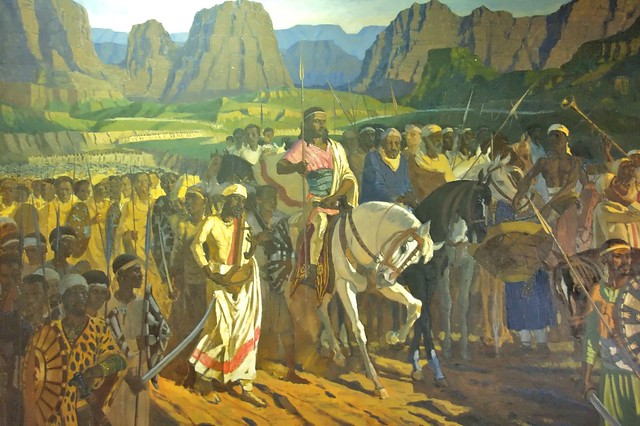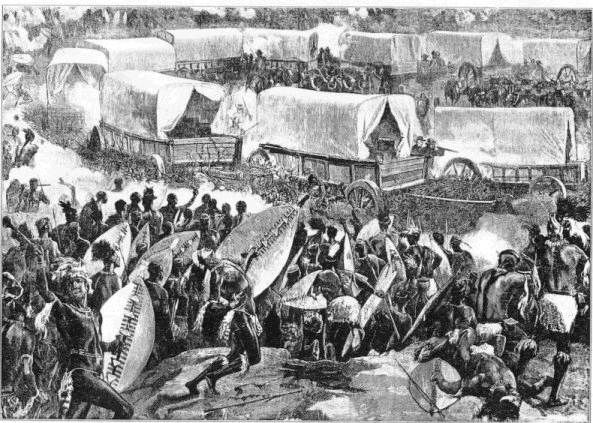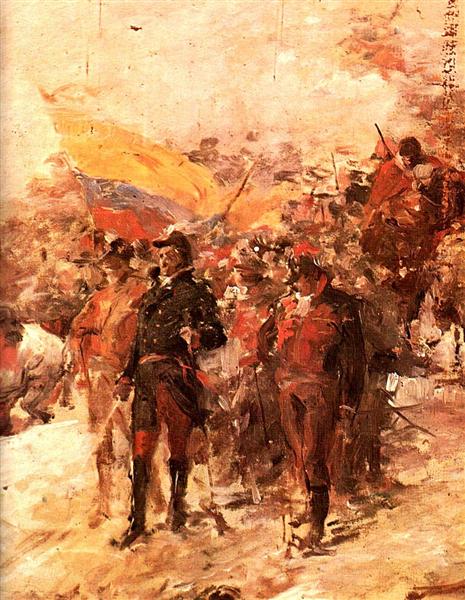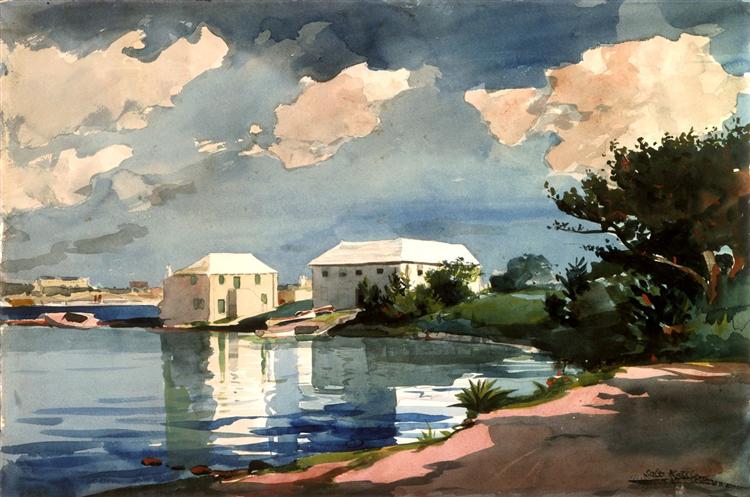Hey guys, thanks for the feedback on the last update. I've edited it a bit to try and emphasise the growing turmoil in China prior to the growth of the White Turban movement. While certainly a sharp shock, China's problems had been mounting for several decades prior to the rebellion.

Certainly without the 20+ million who died in the Taiping rebellion in OTL, things seem better for China in the long run. Despite the reactionary leanings of the Wu dynasty, there will likely be quite a number of benefits from their rule at least initially. I do feel that eventually China will be forced to confront the modern world though. It's still not guaranteed that it will resemble the century of humiliation that China faced in OTL though.
The Qing are indeed gone-gone, though not all Manchurians have suffered the fate of those who were massacred.
Korea isn't really in a position to profit from its weakened neighbours so far, so it is quite likely that they will fall into the orbit of the Wu dynasty at least for the time being. In the future though, Korea's future could diverge quite considerably from OTL, especially if their neighbours to the East aren't quite as developed and aggressive as in OTL.
My Chinese is unfortunately non-existent. When it comes to East Asian (and particularly Japan and China with their systems of regnal names) it can be had to come up with alternative rulers. I would appreciate it if I could call upon your help in the future with other Chinese updates, you've been a real life saver here.Ouch, painful way for the Qing to go
But I'll put aside my Qingophillia for the moment, cuz here's a couple nitpicks on the regnal names you chose for the Emperors.
Tianshang sounds...fairly inauspicious, and seems to imply being in heaven and therefore...being dead, as Sky (Tian) also means Heaven in Chinese. Moreover, disyllable words are really somethingpost-May 4th and certainly wouldn't be seen in the Imperial Court. I'd recommend 天治 (Tiānzhì Heavenly Rulership)
Same case as above, so I'd recommend 萬榮 (Wànróng Ten Thousand Glories)
Well there's no guarantee that the Tokugawa will survive yet. Although the French are likely to be a stronger force in Japan than OTL, there is still a mass of anti-foreigner and anti-Tokugawa sentiment that could be exploited in a rebellion against the Bakufu.Even though my bias is against it, I am prepared for that to see how a Shogun ruled Japan will turn out in the future.
China will probably stay a backwater for far longer than OTL.
Interesting question. I'm aware that Manga had its origins prior to the end of Sakoku, though much of what we recognize as its characteristic traits (large eyes, etc) are likely to be absent with the POD so far back. Whether or not Manga will become the powerful bastion of Japanese cultural influence abroad is another question entirely, though to a certain extent one cannot override the rule of cool.will this is a interesting timeline, will some form of manga appear in this timeline ?
The Tokugawa do indeed still have a chance. I do think that the Meiji restoration wasn't an inevitability in OTL, and indeed it was the pro-Shogunate factions that appeared to be the ones most amenable to reform interestingly enough. The form that Tokugawa development may have taken however may well be different than Japan's in OTL.Are there are qing remnant still around like say in manchuria or they utterly destroyed and whole former qing land under this new dynasty. Speaking of which in the chaos of civil war are there fringe region try to seccede from the empire?
And how Joseon doing right now
Interesting to see tokugawa still have a chance
Thanks for the input. I do feel like I have painted a picture of a China that has been too strong to fall to the rebellion as it has. I have made a few additions that hopefully make the events a bit more sensical.Qing collapse seems a bit...abrupt honestly. The OTL Taiping Rebellion took close to 15 years and the actual Qing had taken a few more beatings than TTL's Qing (plus had rebellions in nearly all its periphery regions and some of its interior). Would've thought it would've taken a bit more than 4 years, especially with foreign support, but I guess that means a much lower loss of life, a much better economic position for the Wu (the Taiping, Nien, etc. rebellions and the scorched earth tactics over the decade caused considerable damage to farmland and displaced millions over the course of the war), and not quite as much of a threat of warlordism (no regional armies formed to combat the Taiping). Better short term, long term remains to be seen.
Would assume the Qing are gone gone, since Beijing fell in 1860 and the war ended in 1861 with "the last pockets of Qing resistance had been stamped out." Millions of Han have settled Manchuria at this point OTL to it's fair to assume Manchuria is now under Wu control.
Probably not worse than OTL, considering one of OTL's Joseon kings in the 19th century was apparently illiterate. Then again, the lack of mention probably indicates political stagnancy, obstinate isolationism, and generally poor decisions, so basically nothing's changed here ;D. Probably even more entrenched in that, seeing as they'll have noticed the reaction to reform in the Qing.
Perhaps greater European intervention to avoid a repeat of the Wu in Japan? That'd see the shogunate kick for a bit longer.
Certainly without the 20+ million who died in the Taiping rebellion in OTL, things seem better for China in the long run. Despite the reactionary leanings of the Wu dynasty, there will likely be quite a number of benefits from their rule at least initially. I do feel that eventually China will be forced to confront the modern world though. It's still not guaranteed that it will resemble the century of humiliation that China faced in OTL though.
The Qing are indeed gone-gone, though not all Manchurians have suffered the fate of those who were massacred.
Korea isn't really in a position to profit from its weakened neighbours so far, so it is quite likely that they will fall into the orbit of the Wu dynasty at least for the time being. In the future though, Korea's future could diverge quite considerably from OTL, especially if their neighbours to the East aren't quite as developed and aggressive as in OTL.
Japan's impressions of the world outside were... strange. On one hand they were perfectly aware of the political map of the world, of the advances in technology and what not. They did reportedly have trouble trying to wrap their heads around the American political system however, though it is interesting how quickly Japan adopted at least the trappings of a European constitutional system. I still think it is more impressive that their modernization was funded almost entirely with their own capital, the Meiji period is really fascinating when contrasted to other modernization projects.I have to agree with BellaGerant, the collapse of the Qing seems pretty quick, given that they suffered through greater disasters IOTL and survived. If what the author said was true, then he really downplayed the turmoil that engulfed the empire during it's final days.
And interesting, how Japan is dealing with the West. I always wondered how the outside world was conceptualized by the Japanese mind, and a part of me wonders if the court knew how vast and diverse the outside world was.
I'm still trying to get my head around the Filipino independence movements of OTL (it took me about two weeks to pronounce Kataástaasan, Kagalanggalang na Katipunan ng̃ mg̃á Anak ng̃ Bayan) but it really is quite interesting. The Philippines had a whole lot of potential that sadly hasn't been realised much in OTL. I would always appreciate more Filipino perspectives on it though, so if you do have any reading recommendations...*should re-read this to understand what's happened*
It was. It really was. When Spain tried to assume direct control and impose its racist policies in the 1820s, there were at least two attempts at independence. And the increasing prosperity of the Philippines in the period was a cause of Filipino nationalism, with the sons of the landed gentry being sent to Europe to study.



